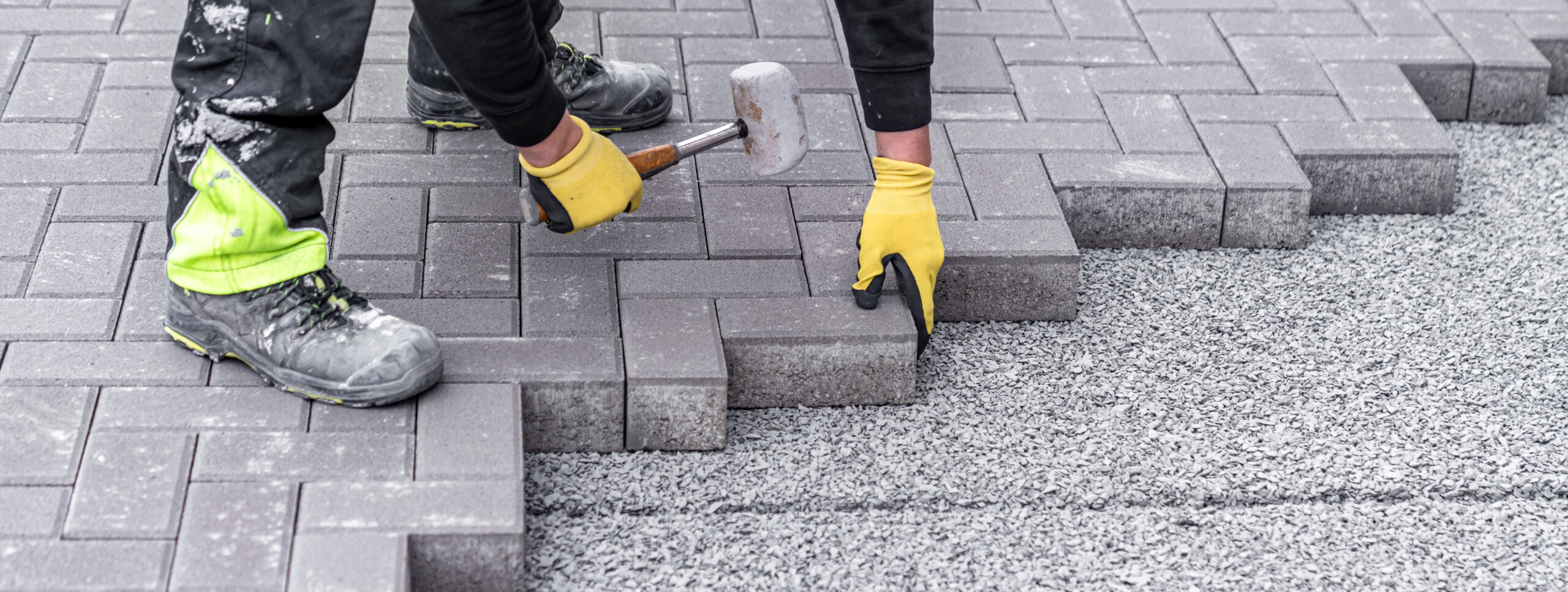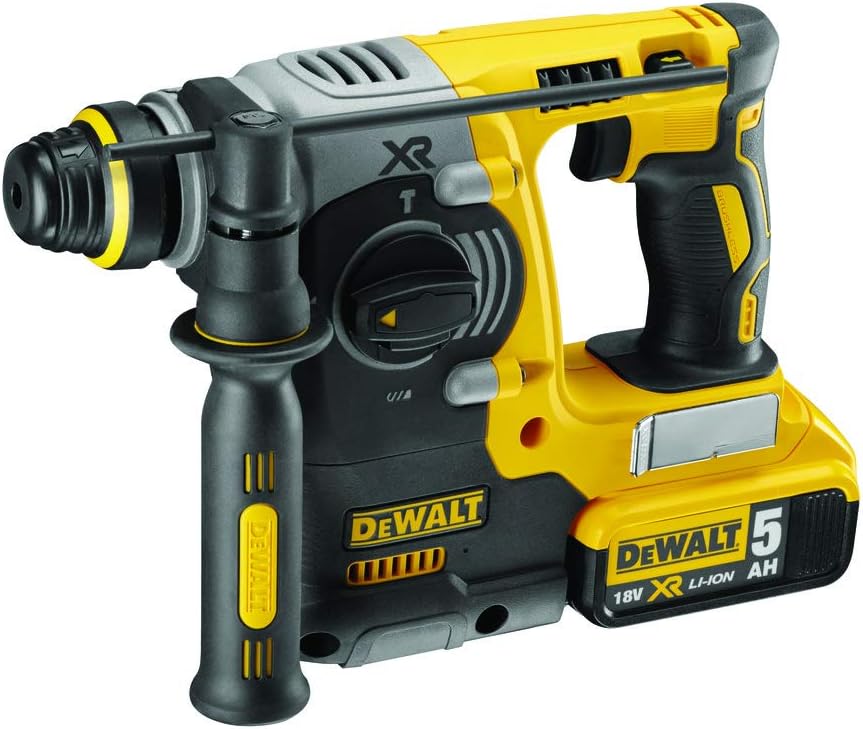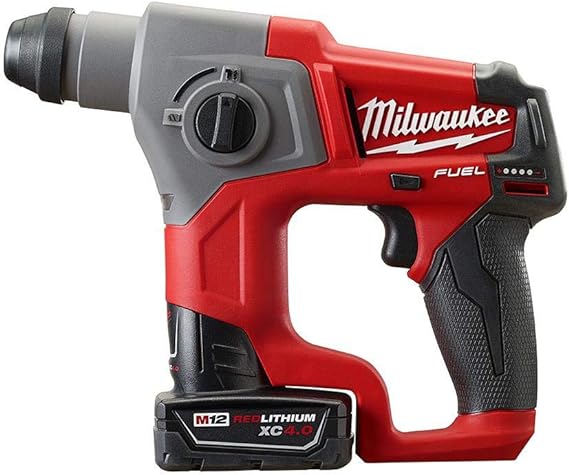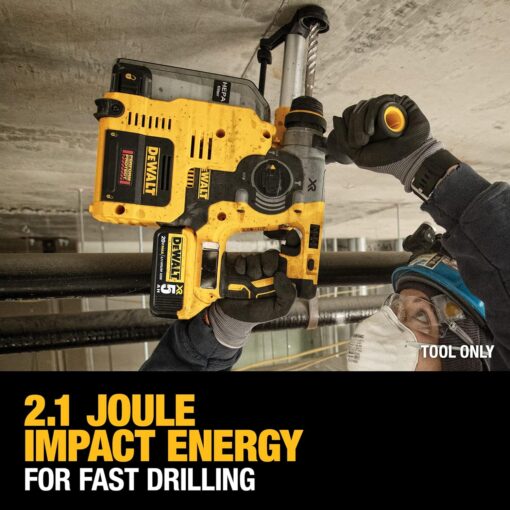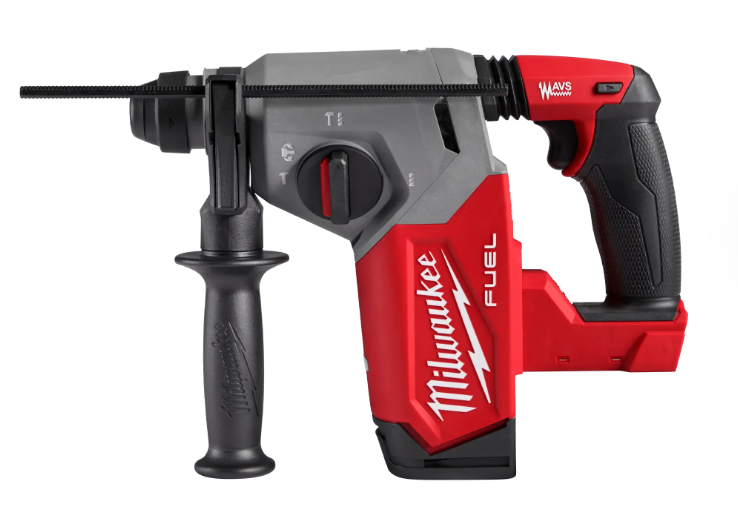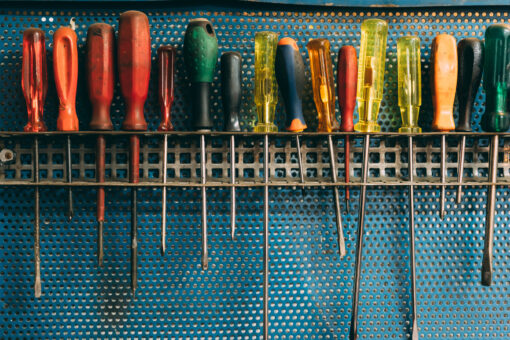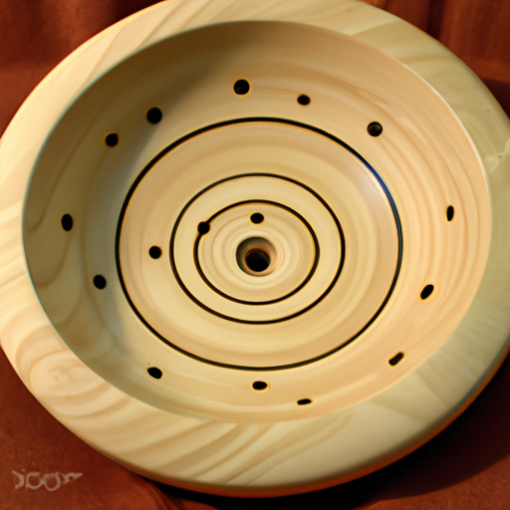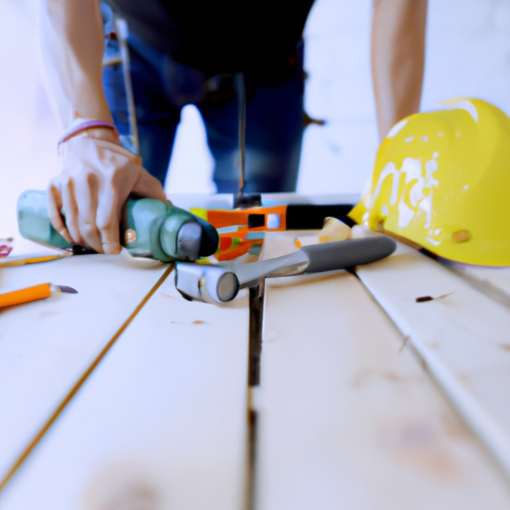Rubber mallets, a handy tool often overlooked, can be your best companion when it comes to tasks that require gentle precision. With their soft, rubber heads complemented by sturdy handles, these versatile tools are ideal for a variety of applications. Whether you need to assemble furniture without leaving unsightly marks, aid in your DIY projects, or even protect delicate surfaces during renovation work, rubber mallets are your trusty friend that ensure efficiency and perfection. Explore the countless possibilities of this unsung hero, and discover the magic it brings to your handyman adventures.

What are rubber mallets?
Rubber mallets are versatile tools that are used in various industries and trades due to their unique properties. They are made with a rubber head, which is typically filled with a combination of rubber and metal particles for added weight and durability. The rubber material of the mallet head helps to prevent damage to delicate surfaces while still providing enough force to complete tasks effectively. Whether you are working in construction, metalworking, auto repair, plumbing, tile and masonry work, blacksmithing, jewelry making, musical instrument repair, or many other fields, a rubber mallet can be an invaluable tool to have in your arsenal.
Construction and Carpentry
Nailing
When engaging in construction or carpentry projects, one common use for a rubber mallet is for driving nails into various materials. The rubber head of the mallet provides a cushioned impact, preventing the surface from splintering or denting. The weight of the mallet also helps to drive the nail firmly into place, ensuring a secure and sturdy connection.
Assembling Furniture
Rubber mallets are frequently used when assembling furniture, especially pieces made from particleboard or other delicate materials. By using a rubber mallet instead of a traditional hammer, you can avoid leaving unsightly marks or causing damage to the furniture pieces. The cushioned impact of the mallet ensures that the pieces are joined together without compromising their integrity.
Installing Flooring
Installing flooring can be a challenging task, especially when dealing with materials such as laminate or hardwood that require a precise fit. Rubber mallets are commonly used in this process to gently tap the flooring into place and ensure a snug fit. The rubber head of the mallet protects the surface of the flooring from any potential damage while still delivering the necessary force to securely lock the pieces together.
General Woodworking Tasks
In addition to specific tasks like nailing and assembling furniture, rubber mallets are handy tools for various general woodworking tasks. They can be used to coax joints into alignment, gently tap dowels or fasteners into place, or even persuade stubborn pieces of wood to fit snugly. The rubber head of the mallet allows for controlled impacts, reducing the risk of damaging the wood or leaving unsightly marks.
Metalworking
Shaping Metal
In metalworking, rubber mallets are used for shaping metal without causing any unwanted dents or scratches. The cushioned impact of the rubber head allows for controlled shaping, whether you are forming sheet metal or bending components. The rubber material also absorbs some of the vibrations, making it more comfortable to work with for extended periods.
Forming Sheet Metal
When working with sheet metal, the flexibility of a rubber mallet becomes crucial. The rubber head can be used to gently form complex curves or bends in the metal without causing any damage or leaving marks. The ability to control the force and direction of the impact with a rubber mallet is especially advantageous when working with delicate or thin-gauge sheet metals.
Removing Dents or Bends
If you are dealing with metal that has become dented or bent, a rubber mallet can come to the rescue. The rubber head allows you to apply controlled force to the affected area, gradually working out the dents or bends without further damaging the metal surface. This is particularly useful in auto repair and maintenance when trying to restore the shape of components or body panels.
Auto Repair and Maintenance
Bodywork
Rubber mallets are commonly used in auto body repair to shape or align body panels. The rubber head of the mallet allows for controlled blows, minimizing the risk of causing any further damage to the vehicle’s exterior. Whether you need to restore a dented fender or align a hood, a rubber mallet can be a valuable tool to have in your auto repair arsenal.
Removing Bearings or Bushings
In the realm of auto repair and maintenance, there are often instances where bearings or bushings need to be removed. A rubber mallet is an ideal tool for this task as it allows you to apply the necessary force without damaging the surrounding components. The cushioned impact of the rubber head helps to protect fragile parts while ensuring a secure and precise removal.
Tapping Out Seized Parts
When dealing with seized or rusted parts in an automobile, it can be incredibly frustrating to try and free them. A rubber mallet can be a helpful companion in these situations as it enables you to tap out the seized parts without causing damage. The rubber head provides the necessary force to dislodge the part while minimizing the risk of causing additional harm to surrounding components.
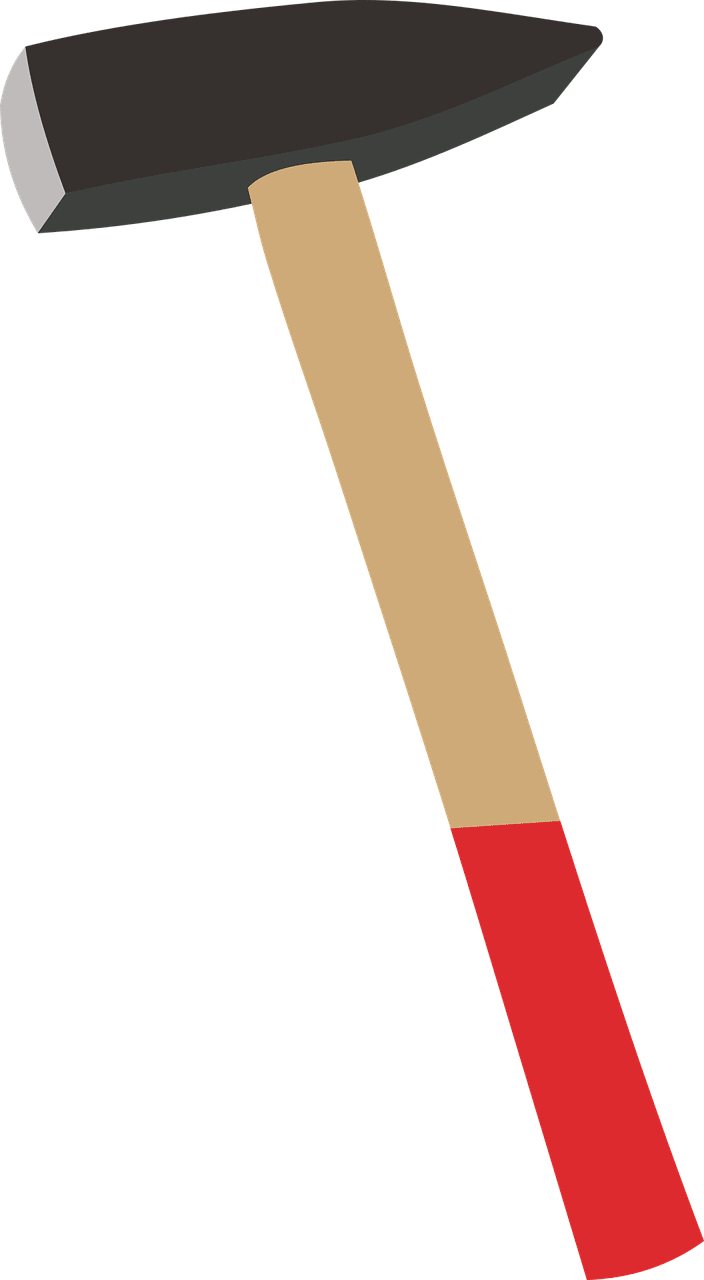
Plumbing
Pipe Installation
When working on plumbing projects, rubber mallets are often used to secure pipes in place. The cushioned impact of the rubber head allows you to tap the pipes firmly into fittings without damaging them or causing leaks. The weight of the mallet helps ensure a tight and secure fit, providing peace of mind knowing that your plumbing connections are stable.
Tightening and Loosening Fittings
Rubber mallets can also come in handy when it comes to tightening or loosening plumbing fittings. When dealing with tight connections, a rubber mallet allows you to apply controlled force to loosen stubborn fittings without damaging the piping or causing leaks. Conversely, when fitting new components, the mallet’s weight can assist in ensuring that the fittings are properly tightened without overexerting yourself.
Tile and Masonry Work
Setting Tiles
Tile and masonry work requires precision and finesse to achieve a clean and polished finish. Rubber mallets are frequently used to gently tap tiles into place, ensuring that they are level and properly adhered to the surface. The rubber head protects the delicate tile surfaces from cracking or chipping, while still providing enough force to set them firmly.
Aligning Bricks or Stones
For brick or stone projects, such as building walls or pathways, rubber mallets are indispensable tools for aligning the materials. The cushioned impact of the mallet allows you to gently tap the bricks or stones into place, ensuring straight and even lines. The rubber head also prevents damage to the surfaces while ensuring optimal alignment and stability.

Blacksmithing
Forging
When it comes to blacksmithing, a rubber mallet can serve as a versatile tool for shaping and manipulating hot metal. The cushioned impact of the rubber head allows for controlled blows, enabling blacksmiths to shape their creations with precision. Whether you are forging intricate details or adjusting the shape of your workpiece, a rubber mallet can provide the ideal balance of force and control.
Shaping Hot Metal
In situations where hot metal needs to be shaped or adjusted, a rubber mallet can be a valuable tool. The rubber head allows you to apply controlled force to the heated material without leaving unwanted marks or damaging the surface. The mallet’s weight and flexibility make it suitable for shaping malleable metals, ensuring that your workpiece retains its intended form.
Jewelry Making
Shaping Precious Metals and Wire
Rubber mallets find their place in the world of jewelry making, particularly when working with precious metals and wire. As these materials can be delicate and easily damaged, a rubber mallet provides the necessary force without compromising the integrity of the metal. Whether shaping a metal sheet or wire into a desired form, the cushioned impact of the mallet ensures precise results.
Cold Connections
In jewelry making, cold connections refer to joining metal pieces without the need for heat or soldering. Rubber mallets are commonly used in this technique to tap or shape the metal, creating secure connections. The rubber head protects the metal surfaces from any potential damage while still allowing you to exert enough force to form strong connections between the jewelry components.
Musical Instrument Repair
Adjusting Components
Rubber mallets play a vital role in the repair and maintenance of musical instruments. Whether you are adjusting the position of keys on a saxophone, realigning guitar frets, or fine-tuning drum hardware, a rubber mallet allows you to make precise adjustments without harming the delicate components. The cushioned impact of the mallet head provides controlled force, ensuring that the instrument remains undamaged while achieving the desired changes.
Removing Stuck Parts
Instruments can sometimes develop stuck or seized parts due to wear and tear or environmental factors. A rubber mallet can be useful for gently tapping out these stuck components without causing further damage. The rubber head absorbs some of the impact, reducing the risk of denting or scratching the instrument while effectively loosening or removing the troublesome parts.
Rubber Mallet Alternatives
While rubber mallets are incredibly versatile and useful tools, there are situations where alternative tools may be more appropriate. Fortunately, there are a few alternatives to rubber mallets that can be utilized depending on the specific task at hand.
Wooden Mallets
Wooden mallets offer a similar level of flexibility and versatility as rubber mallets. They provide controlled impacts, making them suitable for tasks that require a softer touch or when working with more delicate materials. Wooden mallets also tend to have a larger striking surface area, offering more contact and distributing the force across a wider area.
Plastic Mallets
Plastic mallets are often used as an alternative to rubber mallets when the task requires more force or durability. With a slightly harder striking surface, plastic mallets can deliver more impact without sacrificing the ability to protect surfaces from damage. They are commonly used in applications such as forming metal or driving objects into place.
Dead Blow Hammers
Dead blow hammers are another alternative to rubber mallets, especially in situations that require more force or precision. These hammers are filled with steel shot or sand, which absorbs the impact when struck and prevents any rebound. Dead blow hammers are particularly useful when working with harder materials or when greater force is needed to complete a task.
In conclusion, rubber mallets are incredibly versatile tools that find applications in numerous industries and trades. From construction and carpentry to metalworking, auto repair, plumbing, tile and masonry work, blacksmithing, jewelry making, musical instrument repair, and more, rubber mallets provide a unique combination of controlled force and surface protection. Their cushioned impact and flexibility make them an indispensable tool for tasks that require precision, avoiding damage to delicate materials, and achieving accurate results. When used correctly and in conjunction with other tools, rubber mallets can greatly enhance efficiency and quality in various work environments.
